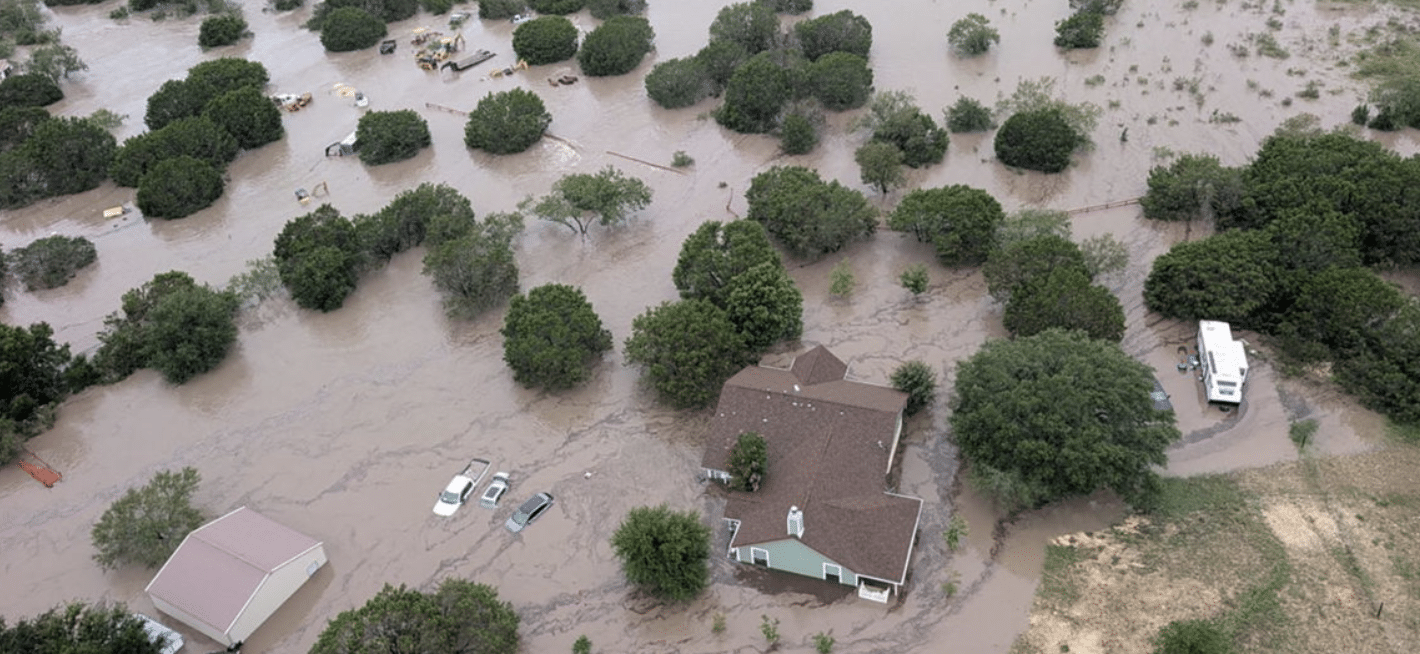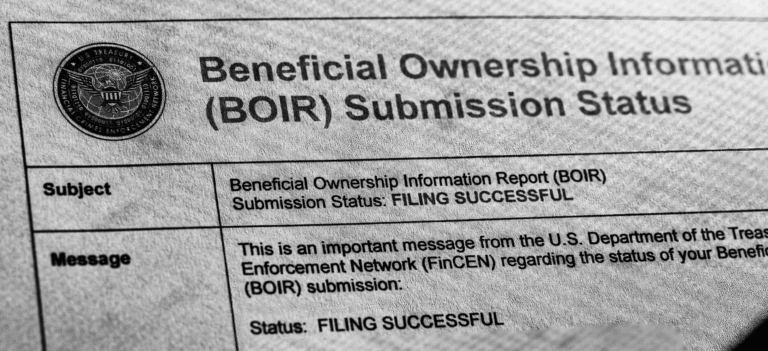It has been over a month since historic flash floods devastated communities across Central Texas. Families in Kerr County, along the Guadalupe River, and throughout the Hill Country are still grappling with the aftermath.
For many, the initial shock has now given way to more practical concerns: insurance negotiations, FEMA paperwork, permitting requirements, and contractor decisions. This article was created to support that stage of recovery by providing helpful, verifiable information for homeowners already deep in the process of rebuilding.
This is not a legal guide or comprehensive authority, but it is based on the most recent information shared by county officials, federal agencies, and recovery organizations. We hope it offers clarity and guidance for anyone working to rebuild safely and legally.
If You’re Already Repairing Your Home, Check Your Floodplain Status Immediately
Many homeowners began repairs as quickly as possible in the days after the flood – clearing out debris, replacing drywall, or even rebuilding structures. However, if your property is located in a designated 100-year floodplain, specifically FEMA flood zones AE or A, you may be required to obtain special permits before continuing construction.
According to Kerr County Engineer Charlie Hastings, even if you’ve received FEMA funds or received help from volunteer groups, you are still required to obtain proper permitting before completing repairs on a flood-damaged home in a floodplain. In fact, starting or completing repairs without permits can place your home out of compliance with both county codes and FEMA regulations.
In some cases, this could result in financial penalties, denial of future claims, or loss of eligibility for the National Flood Insurance Program (NFIP). Most importantly, it could require you to undo and redo construction work at your own expense.
You can check whether your home is in a floodplain by visiting the Kerr Central Appraisal District’s website. Additional information about permit requirements is available from the Kerr County Engineering Department.
Understanding “Substantial Damage” and Why It Matters
If your home is in a floodplain and was significantly damaged, it may be subject to additional rebuilding requirements under what’s known as the “Substantial Damage Rule.” Under this rule, any structure that has sustained damage equal to or greater than 50 percent of its pre-flood market value must be brought into compliance with current local and federal floodplain standards.
This may include elevating the home above base flood elevation, relocating certain utility connections, or making structural improvements that meet FEMA flood-resistance guidelines.
Importantly, this determination is not based on how much you’ve spent on repairs. It’s based on the relationship between the official value of your home and the estimated cost to return it to pre-flood condition, regardless of who paid for it or how the work was completed.
To enforce this, Kerr County has authorized certified damage inspectors to visit flood-affected neighborhoods in Zones AE and A. These inspections are ongoing and may continue for several more weeks. If your home is deemed substantially damaged, you may be required to adjust your plans or halt construction until proper compliance measures are in place.
Document Repairs and Expenses for Federal Assistance
If you are already repairing or rebuilding your home, it’s critical to keep detailed records of all work completed. This includes invoices from contractors, receipts for materials, before-and-after photos, and copies of any insurance or FEMA communications.
Federal assistance programs, particularly through FEMA and the Small Business Administration (SBA), require detailed documentation to determine eligibility and reimbursement. Even if you did not have flood insurance, you may still qualify for support through FEMA’s Individual Assistance program.
These programs can help cover costs related to:
- Temporary housing
- Emergency home repairs
- Personal property replacement
- Disaster-related transportation or medical costs
The deadline to apply for FEMA assistance and SBA disaster loans related to this flood event is September 4, 2025. Applications can be submitted at www.disasterassistance.gov or by calling 800-621-3362.
If you need help navigating these systems, visit www.211texas.org or call 2-1-1 for referrals to local disaster case managers and legal aid clinics.
Proceed Cautiously When Hiring Contractors
Now that cleanup is giving way to long-term repairs, more homeowners are hiring contractors for roofing, HVAC work, flooring, and structural repairs. Unfortunately, major disasters also tend to attract predatory or unlicensed contractors.
To protect your investment and avoid further loss:
- Request a written contract before work begins
- Avoid large payments upfront
- Confirm the contractor is licensed with the Texas Department of Licensing and Regulation
- Ask for local references and verify prior work
Homeowners should also be cautious of contractors going door-to-door or claiming to be “approved” by FEMA. Federal agencies do not endorse specific contractors.
Emotional Recovery Deserves Attention
As the physical recovery process unfolds, many families begin to feel the emotional and psychological toll of the disaster. It’s common for stress, anxiety, insomnia, or depression to emerge several weeks after the event, especially for children and seniors who may have lost their routines, homes, or familiar spaces.
Free mental health support is available through the Disaster Distress Helpline at 1-800-985-5990. You can also text “TalkWithUs” to 66746 to speak with a trained crisis counselor.
Local schools, churches, and nonprofit organizations may also offer grief and trauma support programs, especially for families with children who attended summer camps or schools affected by the flooding.
Community Resources Still Available
Many local and statewide organizations continue to provide relief for flood-impacted residents. These groups offer services ranging from food and clothing to volunteer home repair crews and mental health counseling.
Trusted organizations include:
- United Way of Kerr County
Each group offers slightly different services and eligibility requirements. If you’re unsure where to begin, 2-1-1 Texas can help connect you to the appropriate local partner.
Stay Informed Through Official Sources
As damage inspections continue and recovery programs evolve, it’s important to stay up to date with verified, local information. Official sources include:
- Kerr Central Appraisal District (for floodplain maps and property value assessments)
You can also follow city and county government social media pages for real-time updates on FEMA registration events, community meetings, and infrastructure repairs.
A Final Word
At this stage of recovery, it’s normal to feel exhausted. The adrenaline is gone, but the work continues. Between inspections, financial strain, and insurance challenges, it may feel like you’re carrying the weight of this recovery alone. But you are not alone.
Neighbors are rebuilding. Communities are showing up. And resources, while sometimes hard to find, are still out there.
If you take only one thing from this article, make it this: verify your floodplain status, confirm your permitting is in order, and don’t miss the September 4 FEMA deadline. These steps can prevent costly complications down the line and ensure that your hard work to rebuild doesn’t come with setbacks later.
If this article can help someone else in your network, whether a neighbor, family member, or friend, please consider sharing it with them. Our thoughts and prayers are with all who were affected by the floods.













